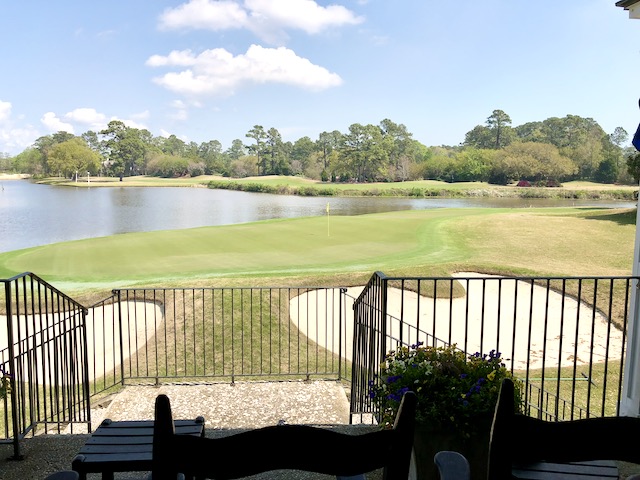We are a ranking-crazy nation, especially this time of the year when multiple organizations rate college football teams. (What an entertaining game LSU vs Alabama was this past Saturday!). Search online for a restaurant recommendation, for example, in a town you are traveling to and you will need to claw your way through multiple best of lists.
And so it is with best towns to retire to or best towns to live in. No two rating agencies agree, and virtually all of them have some subjective bias, if only based on how they weight the factors that determine their choices. Financial web sites will tilt toward the economic, more mainstream journals will emphasize culture and entertainment. That leaves many of use wondering what “real” people think of the best places to live.
TopRetirements.com, a web site I turn to a few times a week for discussions about best places to live, measures “best” in a unique way – it bases its choices on the specific interests of its readers. The more times readers access information about a specific town, the higher that town is rated on TopRetirements’ best of lists.
The site recently published its latest rankings for the Southeast Region and, once again, Asheville, NC, tops its list. In the upcoming Home On The Course newsletter, we provide a rundown on Asheville and the other towns that made the grade.
Nagging aches and pains are part of my golf game these days. One especially annoying set of “problems” imposed themselves on me during a recent round yet, despite them, I played some of my best golf in years – at least for seven holes. And that caused me, no New York Yankee fan, to think of the Hall of Famer Mickey Mantle. Why, you ask? For the answer, please sign up for our free Home On The Course by clicking here.
























